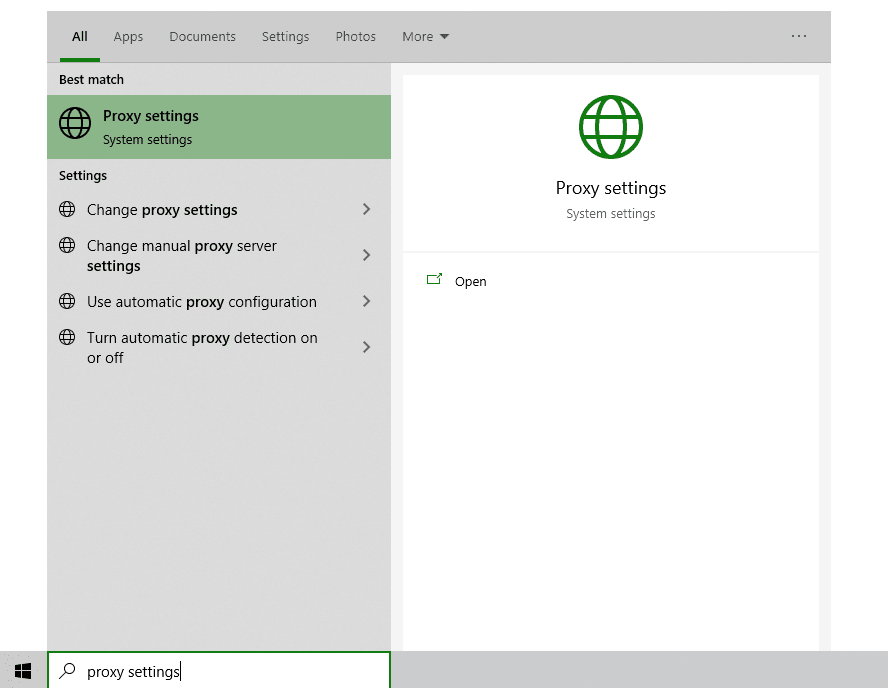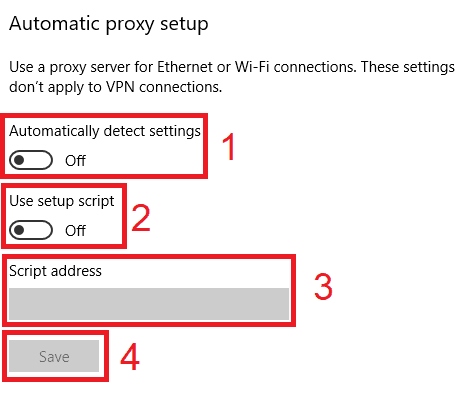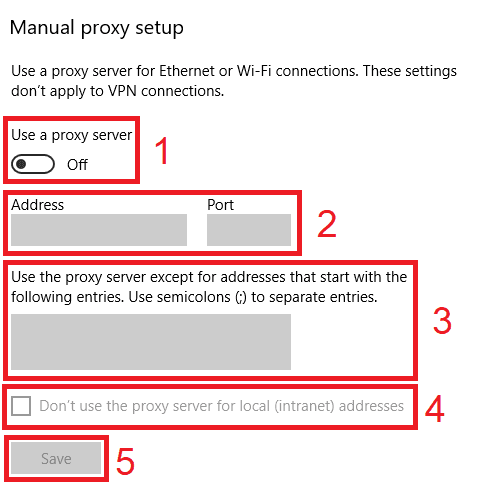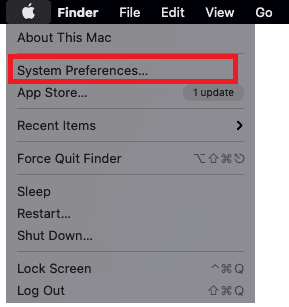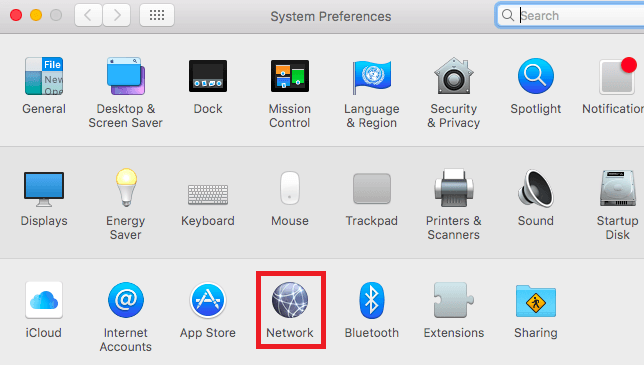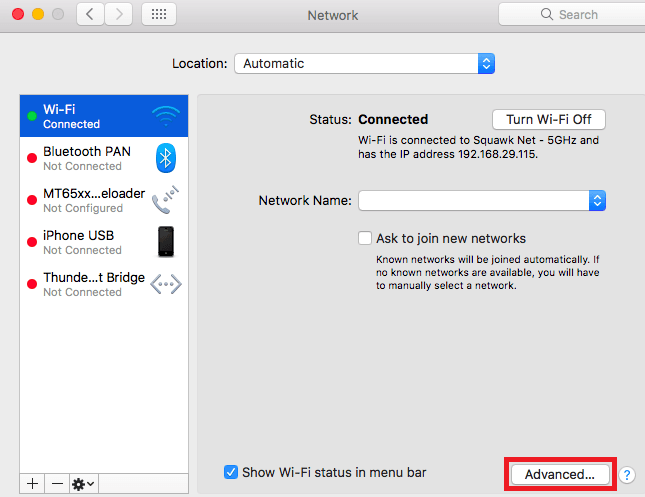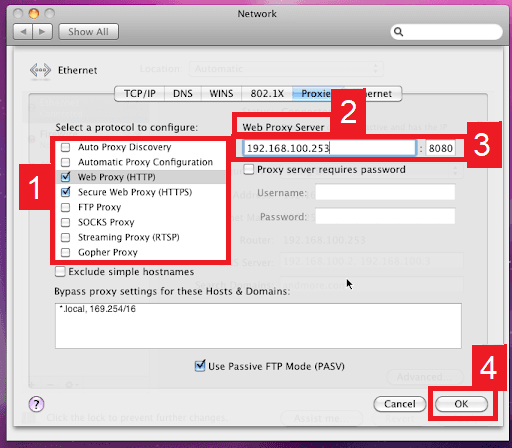JD.com, also known as Jindong, is an e-commerce website that’s mainly used by a Chinese audience. It is the biggest competitor to Alibaba, which is the largest online e-commerce company. JD.com is one of the best choices for local and international brands that want to break into the Chinese market as they provide a full range of services to assist these companies reach the Chinese audience.
As one of the world’s largest online retailers, JD.com has a lot of valuable information that marketers and data analysts want. They can efficiently gather this information through a scraper bot as manually scraping each individual page would take too much time and effort. The problem is that JD.com has a strict policy against the use of bots on their website and would immediately ban any account that’s recognized as using a bot.
To prevent JD.com from detecting the fact that you’re using a bot, you need the help of a JD.com proxy. A JD.com proxy will handle all of your web requests for you, which includes your bot’s requests, making any website you visit only see the IP address of the proxy server you’re using while hiding your own IP address. Through continuously rotating proxies, your bot would have a different IP address each time it makes a request making it appear as if it were different users sending those requests.
The best JD.com proxies to use here would be residential proxies as these types of proxies use residential IPs from actual devices. This completely deceives JD.com into thinking that your bot’s requests are from genuine Chinese users. Therefore, your scraper bot will not be banned and you can do all the scraping you want.
A JD.com proxy has many other uses. Not only will it give you protection for your online data and privacy, it will also help you shop faster on JD.com because you can connect to a proxy server that is close to the JD.com servers. If you want to own a store on JD.com and you’re not a Chinese resident, then you can also use a JD.com proxy to bypass this geo-restriction and own a store on JD.com.
Let’s set up a JD.com proxy server.
Note: Make sure that the web browser you’re using for JD.com is set to automatically copy your computer’s proxy settings. Google Chrome automatically does this, so it’s recommended to use it.

